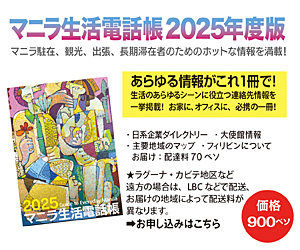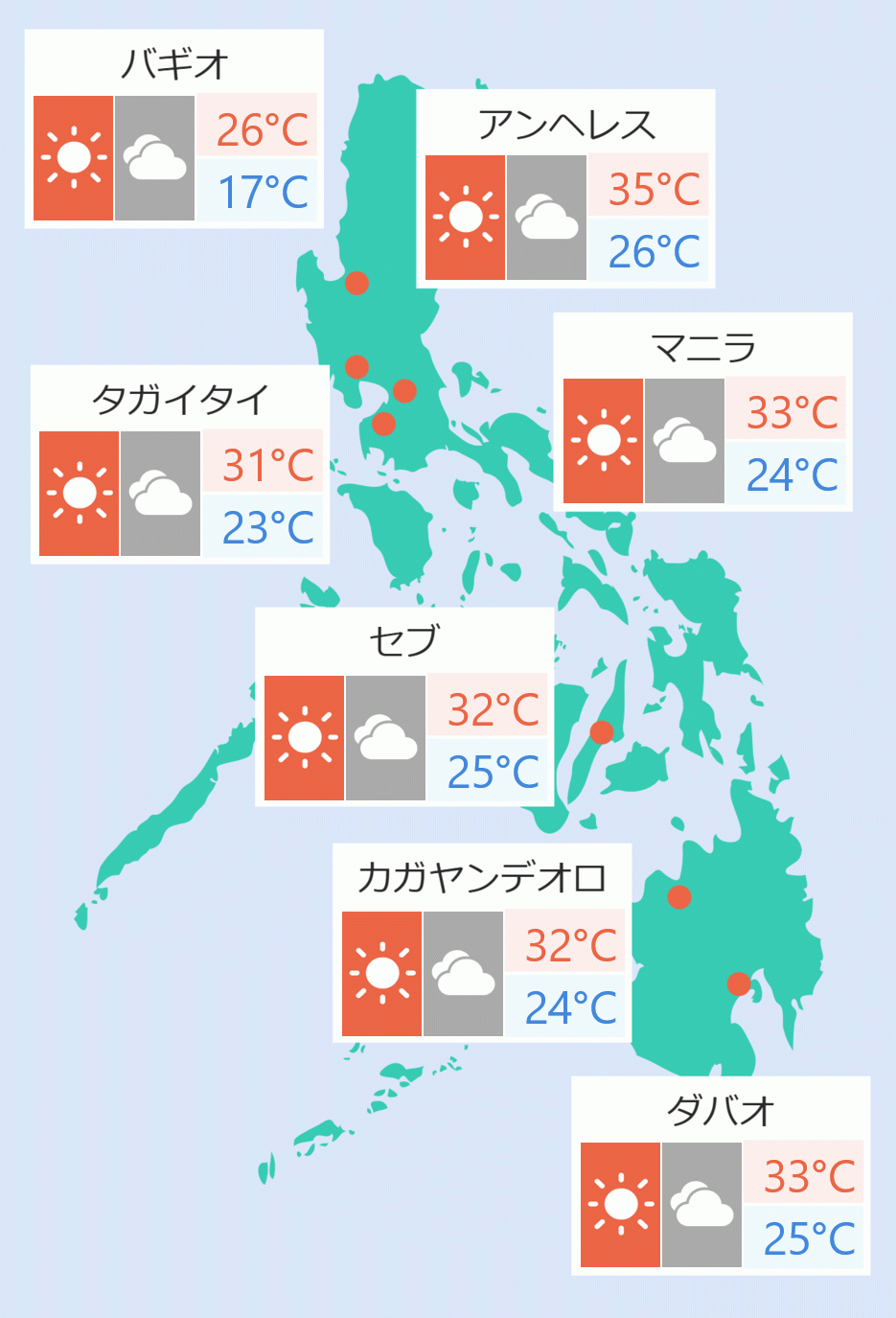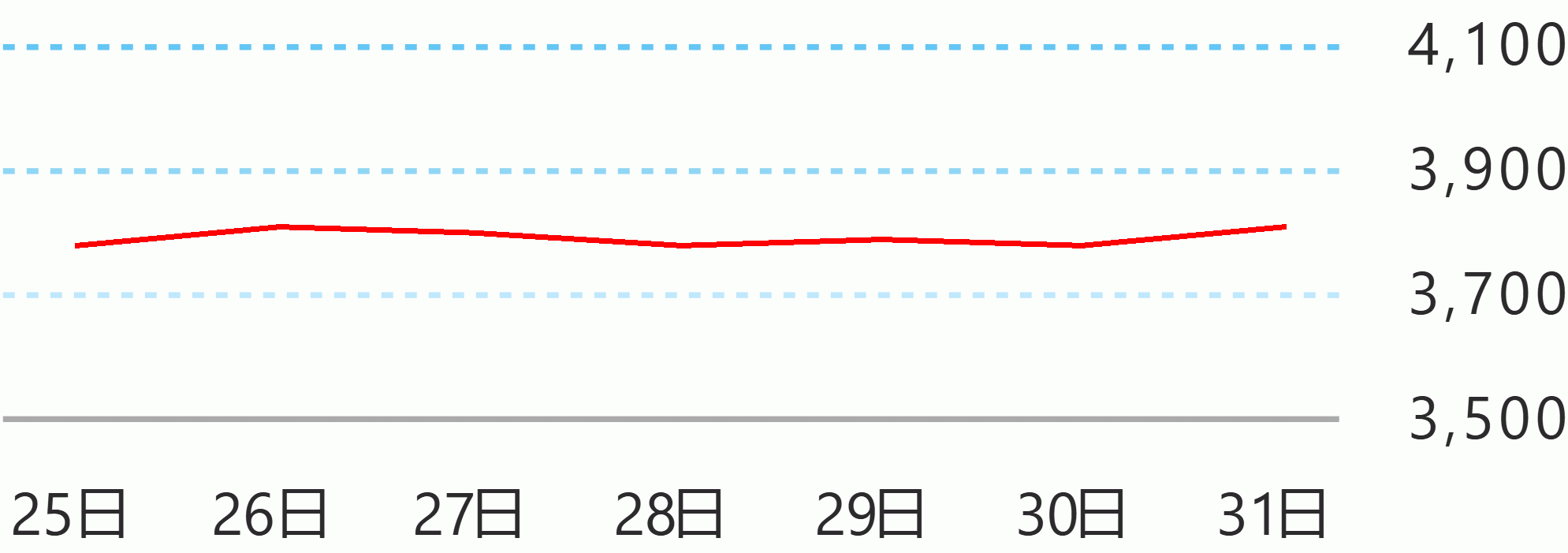The redefined functions of the National Food Authority (NFA) under the Rice Tariffication Law (RTL) enabled it to cut its net loss in 2021 to P9.6 billion, down by 37.8 percent from P15.44 billion in 2020, according to data from the Department of Finance (DOF).
In its report to Finance Secretary Carlos Dominguez III, the DOF’s Corporate Affairs Group (CAG) said this net loss does not include the NFA’s subsidy support from the National Government (NG) of P30.65 billion in 2020 and P7.46 billion in 2021, representing the conversion of NG advances into subsidy.
Under the RTL or Republic Act (RA) No. 11203, the NFA’s mandate has been limited to providing emergency buffer rice stock to be sourced exclusively from local farmers.
“The targeted use of its buffer stock as mandated by law meant lower procurement volumes, which can be funded solely out of subsidies from the NG. Thus, it no longer needed to borrow funds to augment the financial resources needed for procurement activities,” said the report of the DOF-CAG headed by Undersecretary Antonette Tionko.
The DOF and the Department of Budget and Management (DBM) provided the necessary support to facilitate NFA’s financial restructuring.
As a result, the NFA was able to gradually reduce its outstanding borrowings and financial charges, the DOF-CAG added.
Assistant Secretary Soledad Emilia Cruz said the NFA’s lower procurement volumes led to a reduction in operating costs and the organizational restructuring of the NFA, resulting in billions of pesos in savings for the government.
Cruz said that consistent with its mandate of providing the necessary buffer stocks for calamities and other emergencies, the NFA took part in the government’s COVID-19 response efforts by distributing to NG agencies and local government units (LGUs) about 1.76 million bags of rice in 2021 and 5.79 million bags in 2020.
Earlier, Dominguez said that before the RTL was passed in 2019, the NFA, which regulated all rice imports and was the chief importer of the grain in the country, received an average of P11 billion a year in tax subsidies from 2005 to 2018.
A complete reversal of this massive annual subsidy is the government’s earnings of P46.6 billion in rice import tariffs during the first three years alone of the RTL’s implementation.
Such import tariffs collected beginning March 5, 2019, went to the annual P10-billion Rice Competitiveness Enhancement (RCEF), which is used to finance programs that will sharpen the competitiveness of palay growers by way of providing them with easy access to fertilizer, farm machinery and equipment, high-yield seeds and cheap credit; and offering them skills training programs on farm mechanization and modern farming techniques.
By opening the rice market, the RTL led to lower rice prices, and the removal of this staple food as a main contributor to the overall inflation rate. DOF





 English
English










